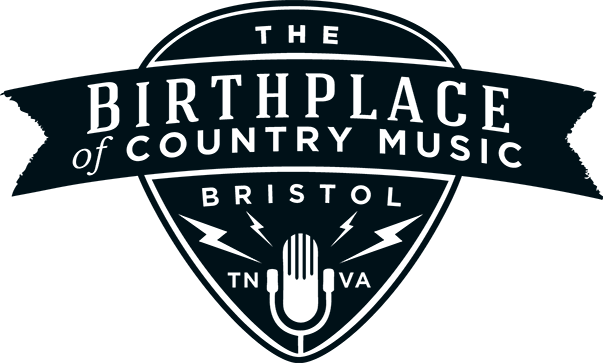Anyone who knows me, knows how important music is in my life. This not only includes my experiences as a musician and audio engineer, but also includes my longtime passion for collecting and listening to music on vinyl records. When I think back to how it all started, I can trace my love of vinyl records to two specific memories.
The first memory: A secondhand box of 45rpm singles from my grandparents that contained “Always Late with Your Kisses” by Lefty Frizzell, “Cathy’s Clown” by The Everly Brothers, and “Downtown” by Petula Clark. I still love all of the songs, but the signature voice of Lefty was “the one” for me. My 12-year-old mind was never the same, and I have been a fan of classic country-and-western music from that day forward.
The second memory is tied to my parents and their hobby of getting up very early and going to flea markets. When I was around 10 years old, I began pet-sitting, shoveling snow, and babysitting for extra money. This was in the mid-1980s and CDs were becoming THE musical format. Folks were dumping their vinyl and selling off records for 10-25 cents each at local flea markets. With five dollars, I could come home with STACKS of records and explore anything and everything I desired. One day I brought home the album After the Goldrush by Neil Young and was floored. The artwork and music blew me away, and I knew I had to keep looking for that next great album.
Fast forward 35 years. I now own two businesses devoted to records. One is called Well Made Music, where we cut master discs for the vinyl record industry. Records are pressed from PVC plastic, and the discs we create are coated with metal and formed into stampers that can press pucks of plastic into playable records. Prior to about 1948, this same process was used to make records out of shellac, a brittle and less durable compound from which 10” 78rpm records were made. These old, interesting records remain in demand for collectors of pre-WWII music.
The second business is The Earnest Tube, a recording studio devoted to recording artists in much the same fashion as Ralph Peer did on his fateful trip to Bristol in 1927. My business partner Dave Polster and I use a cutting lathe made around 1945 to cut audio onto blank lacquers discs. This technique is called “direct-to-disc” recording and was the way almost all recordings were made prior to about 1950. To be completely fair, Ralph Peer probably used actual wax to carve the grooves during the 1927 Bristol Sessions, but that technique went by the wayside in the 1930s and lacquer discs have been a staple in the industry up to, and including, today.

Recording direct-to-disc is totally different from modern computer recording. On a computer, the artists can record, edit, and manipulate the sounds they record in an infinite amount of ways. Rarely is any of the music you hear a complete performance. It is most likely many performances edited together to create the illusion of a complete song.

Direct-to-disc recording is a “one take” process that leaves no room for the artist to hide. We place one, possibly two, microphones in the room with the artist or ensemble; we move the microphone (and musicians!) around the room until the desired “mix” is achieved; and then, we lower a sapphire cutting needle (stylus) onto the surface of a blank disc. The “Recording” light is turned on, and in the following moments, the artist performs the entire song – carving the grooves into the surface of the disc as he or she sings and plays, a direct representation of that performance – magical, personal, one-of-a kind, warts and all!
This raw energy is what gives music from the pre-war period, and especially the Bristol Sessions, that “special something” that draws in new fans almost 100 years later. “Single Girl, Married Girl” by The Carter Family is as urgent today as it was on those hot days of 1927, and the conviction of Alfred G. Karnes makes you want to join in with him as he sings “I Am Bound for the Promised Land.”
Although there are some people who think music recorded in this fashion is quaint or outdated, we have found quite the opposite. The artists who have recorded at The Earnest Tube have approached the process with an open mind and heart. A great example is Tim Easton’s Paco and the Melodic Polaroids. Easton, a repeat performer at the Bristol Rhythm & Roots Reunion (BRRR), recorded this entire album after BRRR 2017 at The Earnest Tube with one vintage RCA microphone. Easton has had great success with this album – indeed, it has been named a top album on many “Best of” lists of 2018.
The long road from Lefty Frizzell to Bristol and The Earnest Tube has been personal and long, but it has been more than worthwhile. I love the history of recorded music, and I love the place that Bristol, Tennessee-Virginia has in that story. It is my hope that The Earnest Tube can help continue to tell that story – as a humble witness and participant alongside others who have a passion for music and history, and with great institutions, such as the Birthplace of Country Music Museum.

